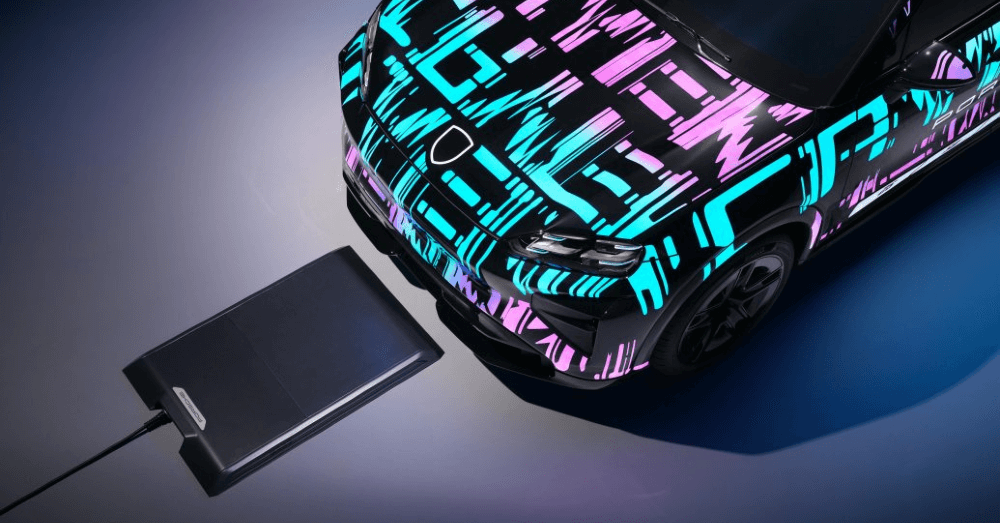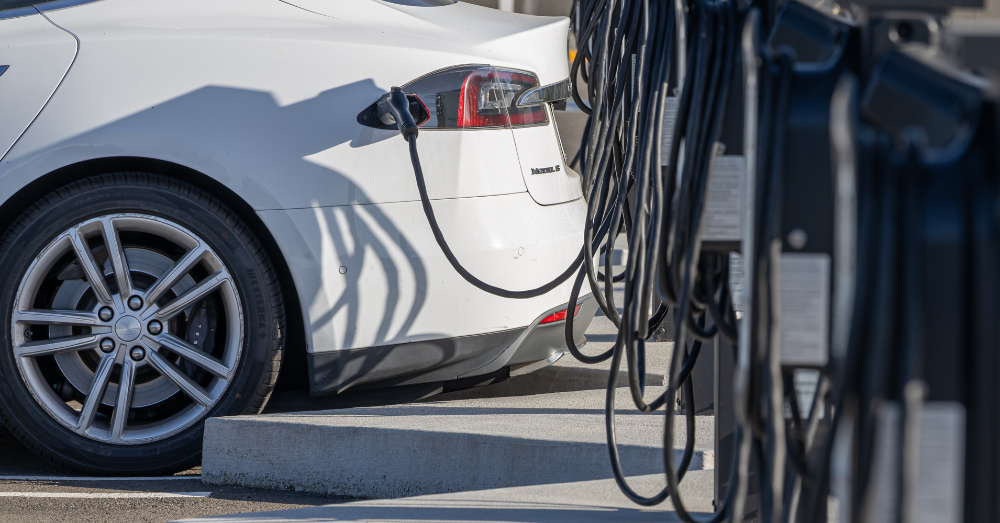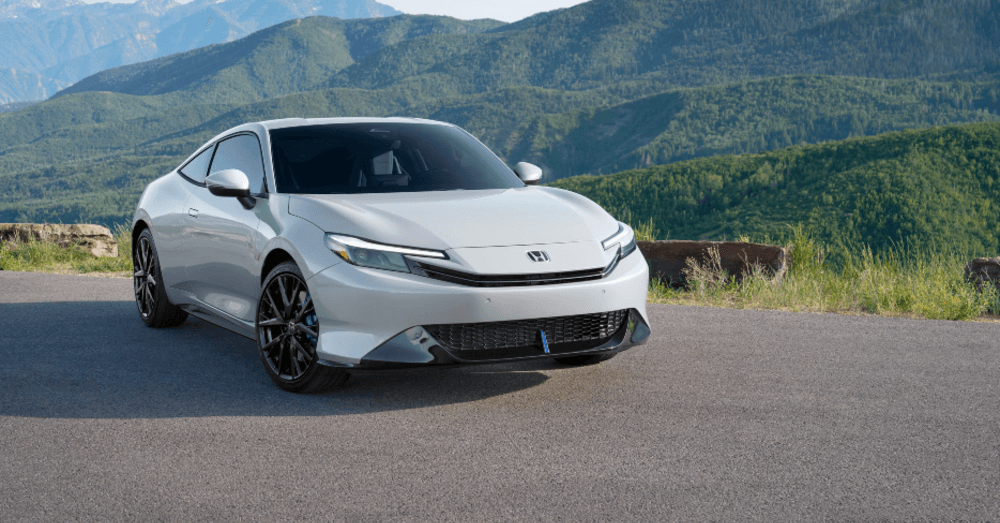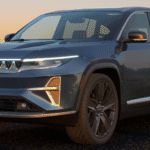Ford Bronco or Toyota 4Runner: Which SUV Reigns Supreme?

Trying to pick between a Ford Bronco and Toyota 4Runner feels like choosing between a flashy sports car and a reliable work truck. Both have their place, but they appeal to totally different people. The Bronco screams “let’s go have some fun” with its removable doors and trail tech, while the 4Runner whispers “I’ll get you there and back for the next 20 years.” The choice says more about your personality than your wallet.
- Bronco wins the cool factor hands down: Removable everything, trail modes for every situation, and looks that turn heads at stoplights
- 4Runner owns the practical game: Hauls 6,000 pounds vs 4,500, has more cargo room, and has a reputation for running forever
- Your lifestyle picks for you: Weekend warriors go Ford, daily drivers who occasionally adventure pick Toyota
Power Numbers Don’t Tell the Whole Story
Ford throws multiple engine choices at you with the Bronco. The base 2.3-liter turbo four makes 300 horsepower and 325 lb-ft of torque, which sounds pretty good until you realize it’s the entry point. Step up to the 2.7-liter V6 and you get 330 horsepower. Want to go completely bonkers? The Raptor’s 3.0-liter V6 cranks out 418 horsepower and sounds like it wants to eat mountains.
Toyota took a different path with the all-new 2025 4Runner. Instead of playing the horsepower game, they went hybrid. The base i-FORCE 2.4-liter turbo four makes 278 horsepower and 317 lb-ft, but the i-FORCE MAX hybrid setup bumps that to 326 horsepower and a hefty 465 lb-ft of torque.
That torque difference matters more than you’d think. The hybrid system fills in gaps where turbo lag might otherwise leave you hanging, making the Toyota feel stronger when you’re pulling away from stoplights or climbing hills with a trailer behind you.
Speaking of trailers, the numbers get interesting fast. The Toyota 4Runner can tow up to 6,000 pounds when set up right, while the Bronco tops out at 4,500 pounds. If you haul boats, campers, or anything heavy on a regular basis, that extra 1,500 pounds of capacity beats bragging rights about peak horsepower.
Off-Road Tech Battle
Both trucks were designed to leave pavement behind, but they take different approaches to conquering dirt. The Bronco uses G.O.A.T. Modes – yeah, that really stands for Goes Over Any Terrain – with settings for Normal, Eco, Slippery, Sand, Mud/Ruts, Rock Crawl, and Baja. Each mode tweaks everything from throttle response to traction control.
Ford also throws in some pretty slick tech like Trail Turn Assist, which hits the inside rear brake during tight turns to help the truck pivot around trees or rocks. The available HOSS suspension with Fox dampers takes things even further if you’re serious about rock crawling.
The 4Runner fights back with Multi-Terrain Select, Crawl Control, and Downhill Assist Control on the higher trims. The new Trailhunter version adds disconnecting stabilizer bars and a locking rear diff for maximum wheel travel.
Recent testing showed the Bronco handled technical rock sections better thanks to superior approach and departure angles plus more ground clearance. But the 4Runner surprised testers with how well it articulated over obstacles, especially considering its size.
The real difference comes down to user experience. The Bronco’s drive modes make it easier for weekend warriors to tackle tough terrain without years of experience. The 4Runner rewards skilled drivers but requires more knowledge about what you’re doing out there.
Design Philosophy War
The Bronco goes all-in on retro cool with round headlights, a boxy shape, and styling that clearly references the original 1960s models. More importantly, it lets you remove the doors and roof sections for that full open-air experience. You can even pop out the rear window on hot days.
That removable roof changes everything about driving the truck. Cruising back roads with the top off feels like riding in an oversized go-kart. It’s pure fun, but comes with trade-offs. The interior roll cage eats up space, and all those removable panels mean more chances for leaks and wind noise.
The redesigned 2025 4Runner takes a more grown-up approach with modern styling that still looks tough. The fixed roof means you miss out on that open-air party, but you get a quieter cabin that doesn’t leak when it rains. The signature roll-down rear window makes a comeback, which is both nostalgic and actually useful.
Interior space clearly favors the 4Runner for real-world use. It offers optional third-row seating for families who occasionally need to haul seven people. Cargo space behind the second row beats the Bronco, making grocery runs and gear hauling easier.
The Bronco’s cabin focuses on adventure-ready durability with rubber floor mats and grab handles everywhere. It feels built for getting muddy, while the 4Runner balances toughness with daily comfort better.
Tech and Safety Reality Check
Toyota wins this round pretty easily. Safety Sense 3.0 comes standard across the 4Runner lineup with adaptive cruise control, lane-keeping assist, and automatic emergency braking. The available 14-inch touchscreen is bigger than anything Ford offers.
Ford’s SYNC 4 system works fine with its 12-inch screen, but lots of safety tech costs extra on cheaper trims. The Bronco does get some cool features, like 360-degree cameras with off-road views that help you see rocks and ruts around the truck.
Both support wireless Apple CarPlay and Android Auto, but the Toyota system responds faster and feels more polished. The Ford setup can lag when switching between functions, which gets annoying during daily use.
The Reliability Elephant in the Room
This is where Bronco fans get uncomfortable. The 4Runner has decades of proven durability, while the current Bronco launched with transmission problems, roof leaks, and various electronic issues that made headlines.
Ford has fixed many of the early problems, but it’ll take years to prove the Bronco can match Toyota’s track record. The 4Runner’s body-on-frame construction and proven powertrains regularly hit 200,000+ miles with basic maintenance.
Resale values reflect this reality. The 4Runner consistently ranks among the best for holding value over time. Even five-year-old models command strong prices. The Bronco’s resale story is still getting written, but early signs suggest it won’t match Toyota’s numbers.
Maintenance costs historically favor Toyota too. Ford parts and service run more expensive, especially for unique Bronco stuff like removable roof hardware. The 4Runner’s simpler systems and wider parts availability usually mean lower long-term costs.
The 4Runner Takes the Crown
When you step back and look at the whole picture, the Toyota 4Runner emerges as the clear winner for most buyers. Sure, the Bronco brings some flashy tricks and removable panels that look cool on Instagram, but the 4Runner delivers where it actually counts.
The towing advantage alone makes this decision easy for anyone who hauls stuff regularly. That 1,500-pound difference between 6,000 and 4,500 pounds means the 4Runner can handle bigger boats, larger trailers, and heavier equipment without breaking a sweat. The Bronco hits its limits fast.
Reliability seals the deal completely. While Bronco owners are still dealing with transmission recalls and roof leak warranty claims, 4Runner drivers are piling on miles with basic oil changes. That peace of mind is worth more than any removable door gimmick.
The hybrid powertrain in the 4Runner also represents the future in a way the Bronco’s gas-only engines don’t. Better fuel economy, instant torque, and lower emissions make it the smarter choice as gas prices keep climbing and environmental concerns grow.
Even the pricing works out better with the 4Runner. Yeah, the Bronco starts cheaper, but by the time you add the options you actually want, you’re paying Toyota money for Ford reliability. The 4Runner’s straightforward trim structure means fewer surprises and better value.
The Bronco makes a great weekend toy for people who prioritize fun over function, but the Toyota 4Runner proves you can have serious capability without sacrificing daily usability. For most buyers looking at this segment, that combination of toughness, reliability, and practicality makes the 4Runner the obvious choice.
This post may contain affiliate links. If you buy products through these links, we may receive a commission, at no additional cost to you.






